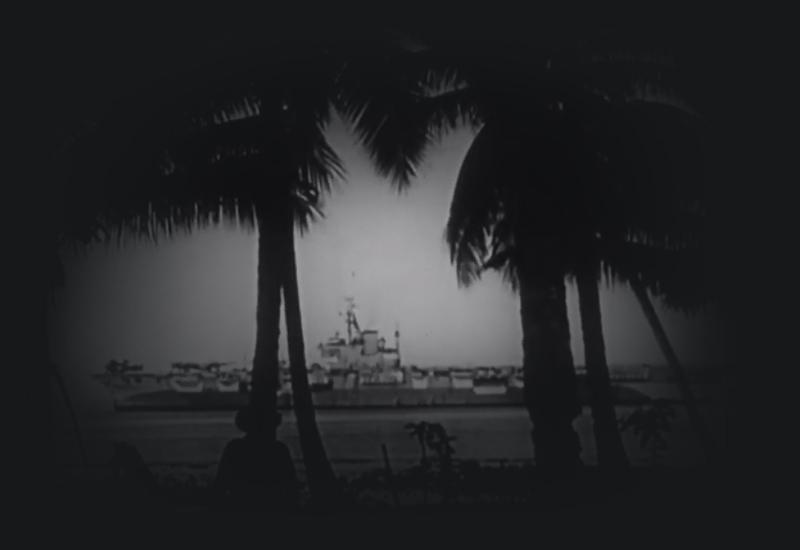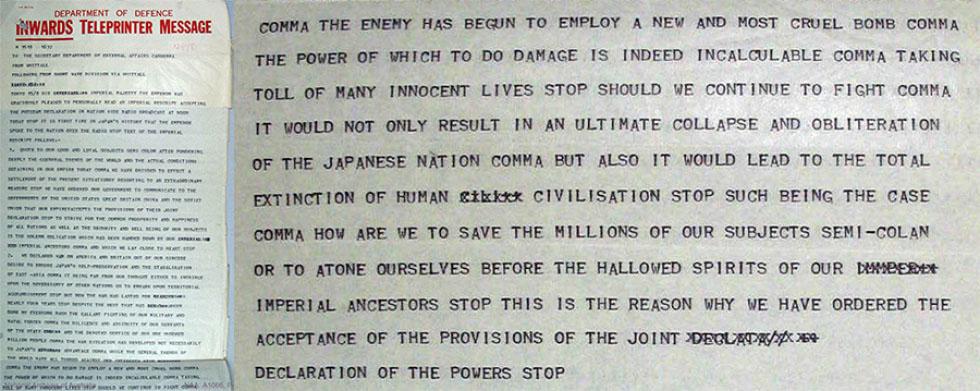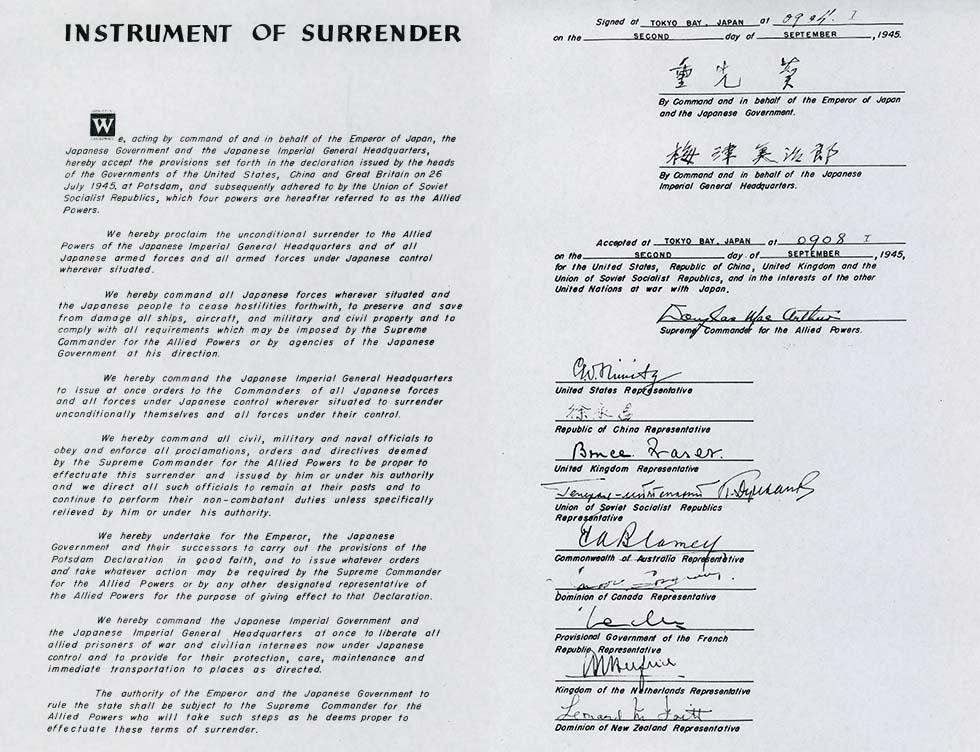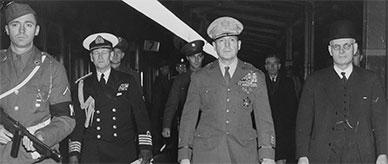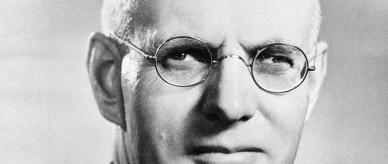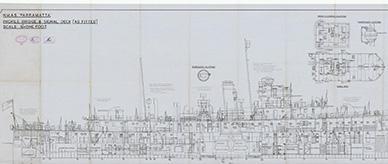2 September 2020 marks the 75th anniversary of Japan’s surrender, ending World War II.
After so many years of conflict in the Pacific, the diplomatic negotiations leading to the surrender were tense and drawn out. Australia’s perspective on these events is captured in the National Archives collection.
Background to the surrender
In November 1943, British Prime Minister Winston Churchill, United States President Franklin Roosevelt and Chinese leader Chiang Kai-Shek met in Cairo, Egypt. They agreed to work together to end the war and regain the nations and territories captured by Japanese.
Soviet leader Joseph Stalin did not attend because the USSR was officially neutral towards Japan. However, two days later he met Roosevelt and Churchill in Iran for similar diplomatic discussions.
Australia was excluded from the negotiations. The Australian Government expressed its annoyance to the British Secretary of State for Dominion Affairs, especially in regard to the renegotiation of territories.
Following Germany’s surrender in May 1945, Stalin, Churchill, President Harry Truman (Roosevelt’s successor) and other Allied leaders met at Potsdam in Germany to discuss the terms of Japan’s surrender.
Stalin revealed that Japan wanted the Soviet government to mediate the surrender negotiations – a fact Australia learned about in a secret cablegram from the British government.
But the Soviets refused, and the Allies’ Potsdam Declaration called for Japan’s unconditional surrender under the threat of ‘utter destruction’.
Even after the Potsdam Declaration, Japan hoped that the Soviets might help negotiate more favourable terms. But these hopes fell apart after atomic bombs were dropped on Hiroshima and Nagasaki in early August.
Peace in the Pacific
On 15 August 1945, Emperor Hirohito accepted the Potsdam Declaration terms in a speech broadcast to the Japanese people. It was the first time the Emperor had addressed the nation over the radio.
The Emperor’s broadcast led to Japan signing instruments of surrender throughout the Pacific.
On 2 September 1945, representatives of Allied nations and the Japanese government boarded the USS Missouri in Tokyo Bay to sign the first instrument of surrender – an event described by a Cinesound newsreel as the ‘war’s last drama’.
Watched by at least 238 war correspondents, US General Douglas Macarthur read the surrender terms before the various governments signed the instruments.
Over the next few weeks, Japanese forces surrendered throughout the Pacific. This included many areas where Australian troops were stationed, such as New Guinea, Bougainville and the Solomon Islands.

